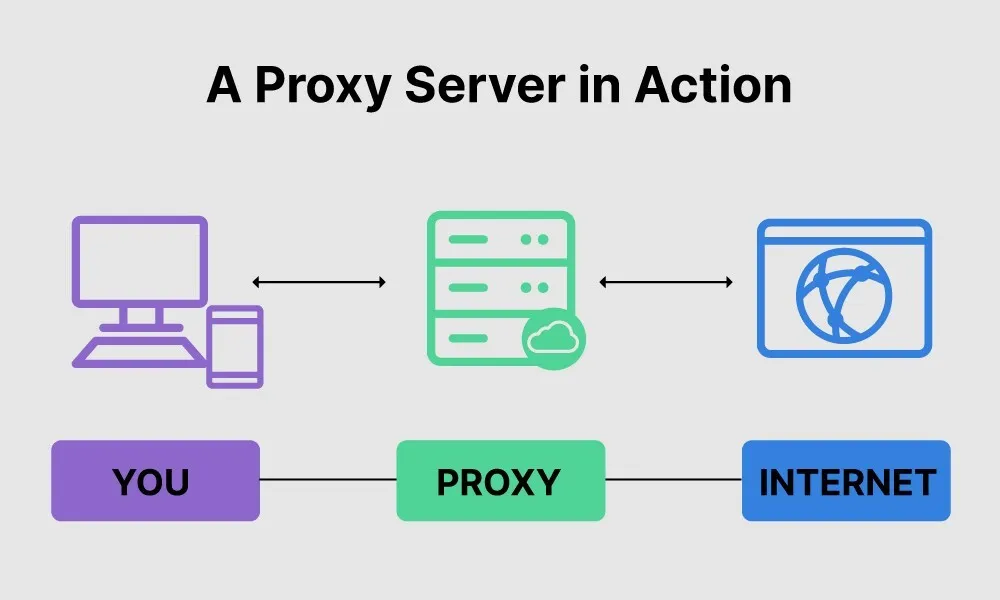
LTE Proxies vs. Wi-Fi Proxies: Which One Should You Choose?
In the world of internet connectivity and online anonymity, proxies play a crucial role in ensuring privacy, security, and access to restricted content. Among the various types available, LTE proxies and Wi-Fi proxies stand out as popular choices for different use cases. Understanding their differences can help users make an informed decision about which proxy type best suits their needs.
LTE proxies operate through mobile networks using SIM cards connected to cellular towers. These proxies leverage 4G or 5G connections provided by mobile carriers, offering IP addresses that are typically associated with mobile devices. One significant advantage of LTE proxies is their high level of anonymity; since mobile IPs frequently change due to carrier network policies and device mobility, it becomes difficult for websites or services to track user activity effectively. Additionally, LTE PROXIES tend to have lower risk of being blacklisted because they originate from legitimate mobile networks rather than static data centers.
On the other hand, Wi-Fi proxies utilize internet connections provided by fixed broadband networks such as home or office routers. These IP addresses are usually more stable over time compared to LTE IPs but can be easier for websites to identify if they belong to known residential or commercial ISPs. Wi-Fi proxies often provide faster speeds and lower latency than LTE counterparts because wired broadband connections generally offer higher bandwidth capabilities than cellular networks. However, the downside is that these IPs may not rotate as frequently unless managed carefully through proxy services.
1. **Anonymity:** If maintaining a high degree of anonymity is paramount-such as avoiding detection during web scraping or managing multiple social media accounts-LTE proxies offer an edge due to their dynamic nature tied to mobile carriers.
2. **Speed:** For tasks requiring consistent high-speed connections like streaming or large file downloads, Wi-Fi proxies might be preferable because they rely on more robust infrastructure with potentially better throughput.
3. **Reliability:** Stability matters when performing long sessions without interruptions; here Wi-Fi’s steadier connection has an advantage over sometimes fluctuating cellular signals affecting LTE performance.
4. **Cost:** Depending on provider offerings and usage volume, pricing structures vary significantly between the two types; users should evaluate budget constraints alongside technical benefits.
In summary, choosing between LTE and Wi-Fi proxies depends largely on what you prioritize: mobility and anonymity versus speed and stability. For those needing flexible IP rotation with enhanced privacy protections typical in marketing automation or ad verification scenarios, LTE PROXIES is often recommended despite slightly slower speeds at times. Conversely, if your primary concern revolves around fast reliable access for routine browsing or data-intensive applications within less restrictive environments then Wi-Fi-based solutions could serve better.
Ultimately understanding both technologies’ strengths allows individuals and businesses alike to tailor proxy usage according to evolving digital demands while safeguarding online presence efficiently across diverse platforms worldwide.


